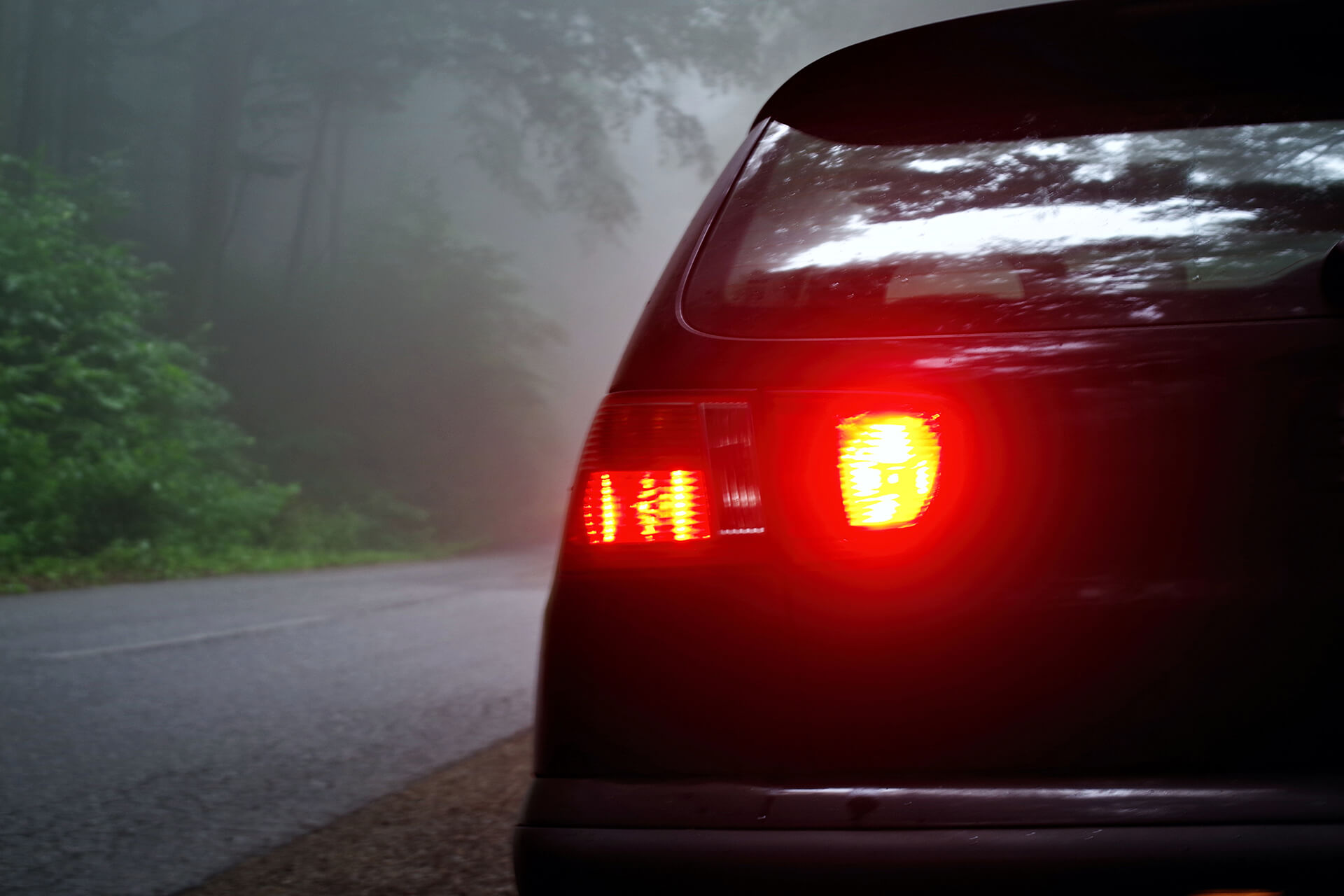Car lighting
What car lighting do I need to use and when should I switch different lights on? These are questions that many motorists ask themselves every day. After all, the number of different lights can confuse not only novice but also experienced drivers, especially when they’re rarely used. At the same time, your own car lights are crucial for road safety. That's why we want to explain in this car headlamp bulb guide which lights are available, what they’re used for and when it’s legally required to switch them on.
Car lighting: these are the light sources available
There are various lights on cars that you should know about, even if they’re only used rarely. The following are essential:
- Low beam
- High beam and headlamp flasher
- Stop lights and reversing lamps
- Daytime running light and parking light
- Fog lamp and rear fog lamp
- Direction indicator lights and hazard warning lights
Car headlight guide: the various functions
Car lighting includes a total of 9 different lights, some of which even have multiple uses. Nevertheless, once you’ve memorised the different symbols and purposes, you’ll find that you can find the lights in your own car without any problems. Since lights are so important for road safety, every motorist should know what function each light performs
 Low beam
Low beam
The most important light is probably the low beam. This is the headlamp that you normally switch on in twilight, in darkness or in poor visibility due to rain or snow. Switching on the low beam in these situations is also required by law. The low beam illuminates approx. 50 to 75 metres in front of your vehicle without dazzling oncoming traffic. As soon as you switch on the low beam, the rear lamps are also switched on automatically.
 High beam and headlamp flasher
High beam and headlamp flasher
The high beam also plays an important role among the various types of car lights. The high beam is the powerful headlamp that you turn on to see further ahead. Beware: the high beam is very dazzling for oncoming traffic. You should therefore only switch it on when there’s no car coming towards you. The high beam is also used as a headlamp flasher, for example, when you see yourself or other road users in danger or when overtaking in non-urban areas
In modern vehicles, there’s also a light called the country road light. This particular high beam only switches on at a certain speed and illuminates the road even better.
 Brake lights and reversing lamp
Brake lights and reversing lamp
As the name suggests, the brake lights come on whenever you press the brake. The brake lights light up red and are only on the rear of the vehicle. If, on the other hand, you engage the reverse gear, the reversing taillight on the back of the vehicle switches on. Both lights come on automatically: you don’t need to implement any settings. You should regularly check that these lights are functioning correctly and use the automotive lamp replacement guide in the owner’s manual if in case you need to replace a light bulb.
 Daytime running light and parking light
Daytime running light and parking light
Almost all modern cars now have daytime running lights, even though these lights aren’t mandatory in the UK. In most cases, these are somewhat weaker LED lamps that are primarily intended to make you, the driver, more visible, rather than to improve your visibility. Since this type of lighting isn’t that strong, it doesn’t disturb other road users during the day.
If your car isn’t clearly visible at under 50 metres due to weather or light conditions, then you’re obliged to switch on the rear taillights. Some models also offer the option of switching on a parking light on one side of the vehicle only.
 Fog lamp and rear fog lamp
Fog lamp and rear fog lamp

The fog lamp shines forward and improves your visibility in dense rain or fog. It isn’t compulsory to switch on your fog lamps, but it’ll significantly improve your visibility in bad weather. The fog lamp may be switched on together with the low beam or high beam, but only if your visibility is severely restricted by precipitation or fog. Don’t switch on the fog lamp as a substitute for the daytime running light.
The red headlamp of the rear fog lamp shines strongly to the rear and is intended to alert other road users to your position in poor weather and visibility conditions. It also isn’t compulsory to switch on the rear fog lamp. However, the lamp may only be switched on in poor visibility conditions of less than 50 metres.
 Direction indicator lights and hazard warning lights
Direction indicator lights and hazard warning lights
The amber coloured indicator lights are located at the front and rear, both on the right and left side of the vehicle. You must switch on this lighting on the car whenever you want to indicate a change of direction. You switch on the hazard warning lights to draw attention to an emergency, accident or, for example, the back of a traffic jam.
